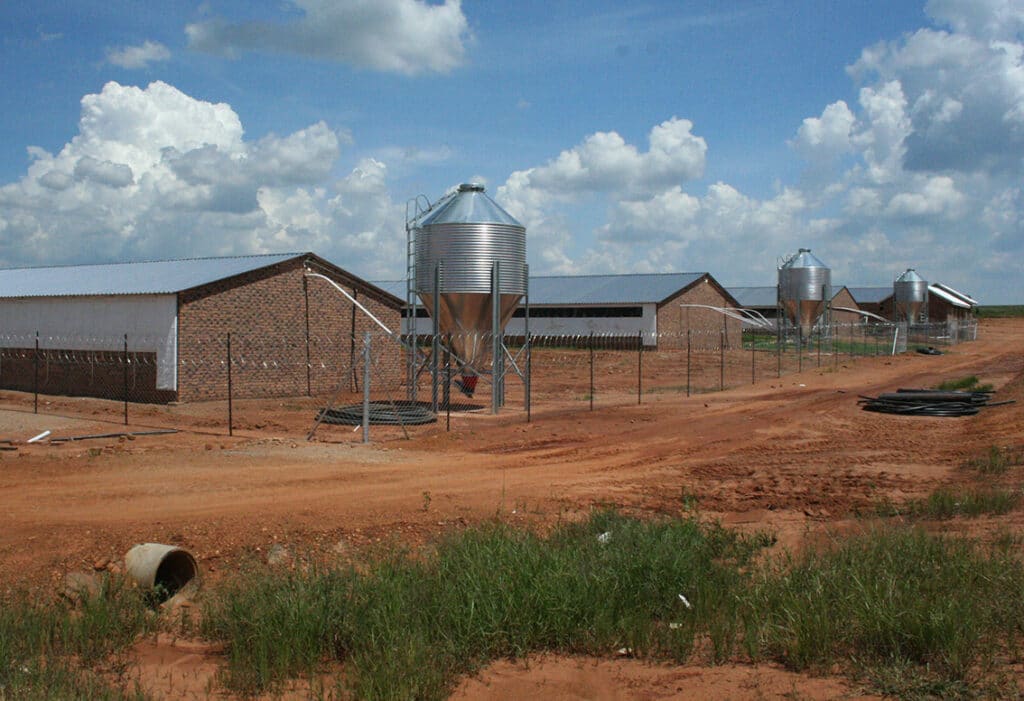Summary prepared by Dr Thandi Chiappero and Dr Peter Evans, SAPPO, Porcus July/August 2021, photo credit: SAPPO
Compartments in South Africa are populations of pigs separated by specific biosecurity standards complying with Veterinary Procedural Notice 39 of 2011 (VPN 39). Each is given a unique ZA number.
Considering the cases of ASF in three registered compartment units in South Africa in 2020, SAPPO commissioned a study by Safoso to establish perceived gaps in biosecurity as suggested by farm managers and consulting veterinarians. Safoso is a Swiss company specialising in research and training on animal diseases including ASF. The company is, among others, doing work on ASF in Asia.
The survey included as many farm managers and veterinarians as possible and there was a good response rate, already showing a certain level of commitment to the ASF issue. Once gaps are identified, they can be addressed appropriately.
The study was conducted using an online survey with two slightly different surveys for farm managers and veterinarians. In total, 97 farm managers and 13 consulting vets were e-mailed to represent all 125 compartment units, which are grouped into 75 compartments (pig flows).
The online structure of the survey is limited by the understanding of all participants of the questions. Follow-up explanations could not be provided as in an interview. There was a range of gender, age, and educational differences. Each manager and vet were asked to rate risk factors from negligible risk to high risk and these responses were arranged to make various charts to evaluate the data.
A serious problem with biosecurity standards is that they need to be applied at all times, despite them being inconvenient. This means that biosecurity is dependent on all management and farm personnel on farms understanding and applying the standards even when supervision is not present.
There is an apparent discrepancy between the training received by management on farms and farm personnel in this regard. If the standards are not understood they cannot be effectively applied. This leaves compartments vulnerable to gaps in biosecurity and therefore entrance of diseases. Furthermore, the study identified that knowledge of ASF transmission, clinical signs, prevention and control can be improved among farm managers and farm personnel.
Gaps in biosecurity identified by the survey include lack of biosecurity monitoring and lack of ASF contingency plans in many compartments. ASF contingency plans reportedly do not have dedicated finance associated. The annual audit required by VPN 39, which is often limited to the paperwork only, is not deemed sufficient to maintain and monitor a minimum standard of biosecurity.
Risk factors for the introduction of ASF were mainly agreed upon by farm managers and veterinarians and the top three were:
- Farms with poor biosecurity located in proximity to the compartment;
- Insufficient control of scavenger animals in proximity to the compartment unit premises;
- High on-farm domestic pig density.
Some risk factors had different ratings between farm managers and veterinarians. Vets rated the risk of fomites on clothing, boots, facilities, and equipment to be higher than farm managers did. While farm managers rated the risk of insufficient decontamination of non-swine delivery vehicles as higher than veterinarians.
Farm managers also responded that ASF underreporting is more of a risk than the response from the veterinarians. A question was posed to veterinarians as to whether they were aware of biosecurity breaches in compartments. It is disquieting that on 25% of compartments there was a definite yes (8%) or unsure/possible (17%), i.e. only 75% reported no breaches observed. These breaches were centered on removal of mortalities from the unit and laundry procedures.
Read more
The South African Pork Producers’ Organisation (SAPPO) coordinates industry interventions and collaboratively manages risks in the value chain to enable the sustainability and profitability of pork producers in South Africa.
















